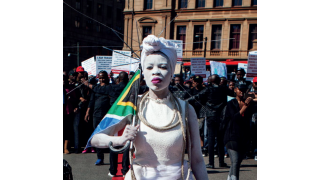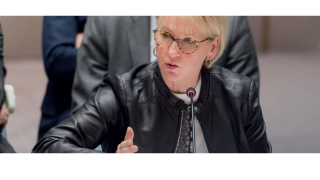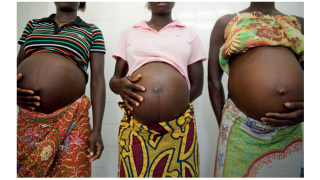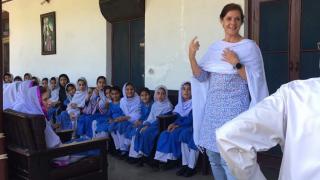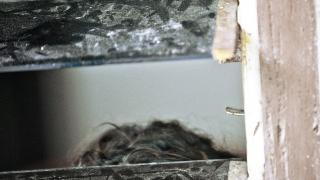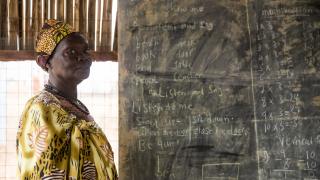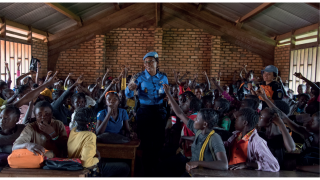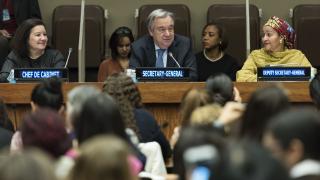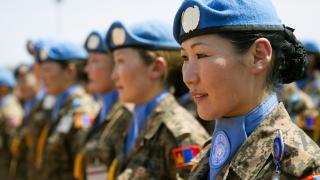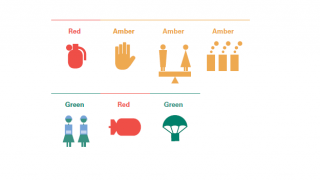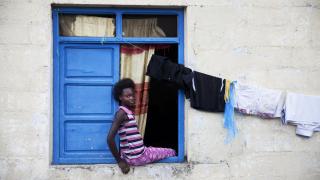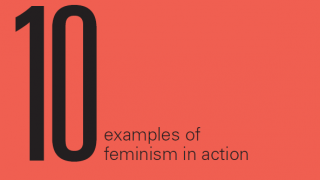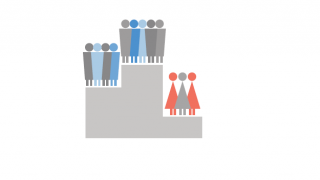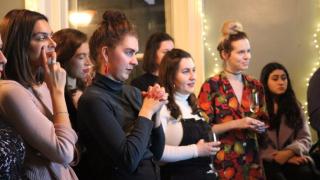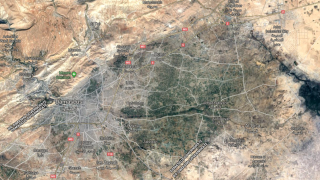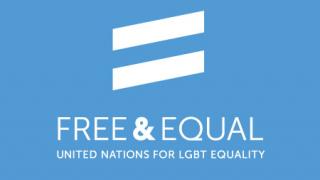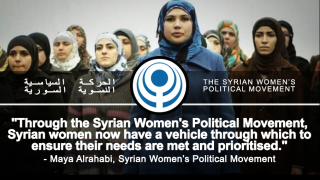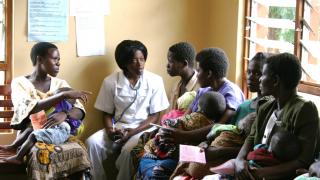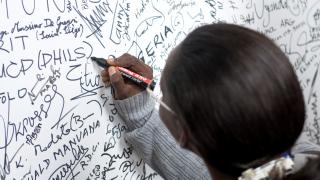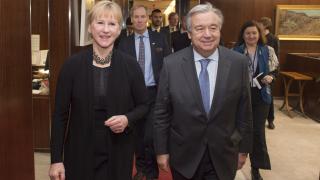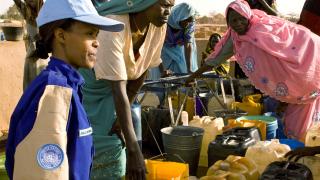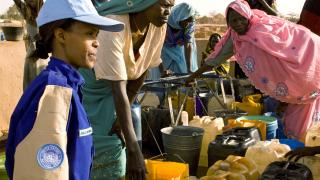
The Responsibility to Protect (R2P) doctrine sets out to prevent atrocities and to protect populations when they occur. When states are incapable or unwilling to protect their civilians, the international community is called to step into the gap. Despite controversy surrounding the concept of R2P, dialogue has come a long way since its inception in 2005. But a core constituency has been notably absent from these wide-ranging discussions: women.
It’s widely accepted that atrocity crimes affect women and girls at a disproportionate and alarming rate, yet women’s voices are considerably underrepresented in formal conversations and resulting security policies on R2P. While attending a General Assembly meeting on R2P in September I was struck by the lack of any meaningful reference to women’s rights, with only some participants highlighting the importance of women’s participation for the prevention of conflict and mass atrocities. Any references to women were concentrated within the protection framework rather than focusing on the need for women’s meaningful participation in prevention efforts.
We have learnt that atrocities rarely arise without warning. Gender inequality, systemic violations of human rights, gender-based discrimination and detrimental gender norms are well-documented indicators of atrocity crimes. Intersectional markers of difference, namely gender, are relevant and central to understanding the mechanisms and characteristics of mass atrocities and the long-term effects on populations. Despite this knowledge, efforts to incorporate gender analysis in prevention and protection strategies and practices have been lacking.
This is where the UN’s Women, Peace and Security (WPS) agenda can help. Both WPS and R2P agendas benefit from shared tenets of prevention, participation and protection, with the view that protection entails much more than simply waiting on UN Security Council action to stop mass atrocities. The WPS agenda applies the lens of gender to conflict; now, using R2P, we should do the same to atrocities. Through these intersecting commitments careful and considered alignment between R2P and WPS agenda can help strengthen prevention and protection approaches and move towards achieving sustainable security.
By developing and incorporating enhanced gender analysis and gender-specific markers in early warning frameworks, preventive measures can be improved and the capacity to predict future atrocities can be strengthened. Therefore, prevention frameworks must also confront gender norms that oppress and marginalise women.
Peacekeeping is another area where women can successfully contribute to the responsibility to protect. As a consequence of pressure from the WPS agenda, efforts have already been made to incorporate women into peacekeeping. Yet women’s participation is not where it could be. As women and children are widely recognised as the main victims of violence in conflicts, particularly sexual violence, female peacekeepers can fill a void by providing women and children with a stronger sense of security. Women would also be able to foster their trust and, in the process, gather valuable information for the mission. Given that comprehensive intelligence-gathering is a vital component of protection, pushing for gender analysis can see peacekeeping better protect civilians. This could better enable an overall “holistic” approach to current peacekeeping operations.
For the international norm of R2P to survive - and for its effective and successful implementation - it is imperative that those tasked with implementing R2P take conscious steps to take a gender approach to prevention and protection. For this shift to be comprehensive, this incorporation of gender in R2P will also need to be reflected in narratives and practice. R2P may not be a person or an institution, but the obligation to prevent mass atrocities and protect all people from mass atrocity crimes has to be realised by people and institutions. By gendering the R2P doctrine and learning from the approach taken with respect to WPS, we can be better positioned to understand the dynamics of mass atrocities and respond to them.
Photo: UN photo. Peacekeeper Speaks with Women Refugees in Chad


